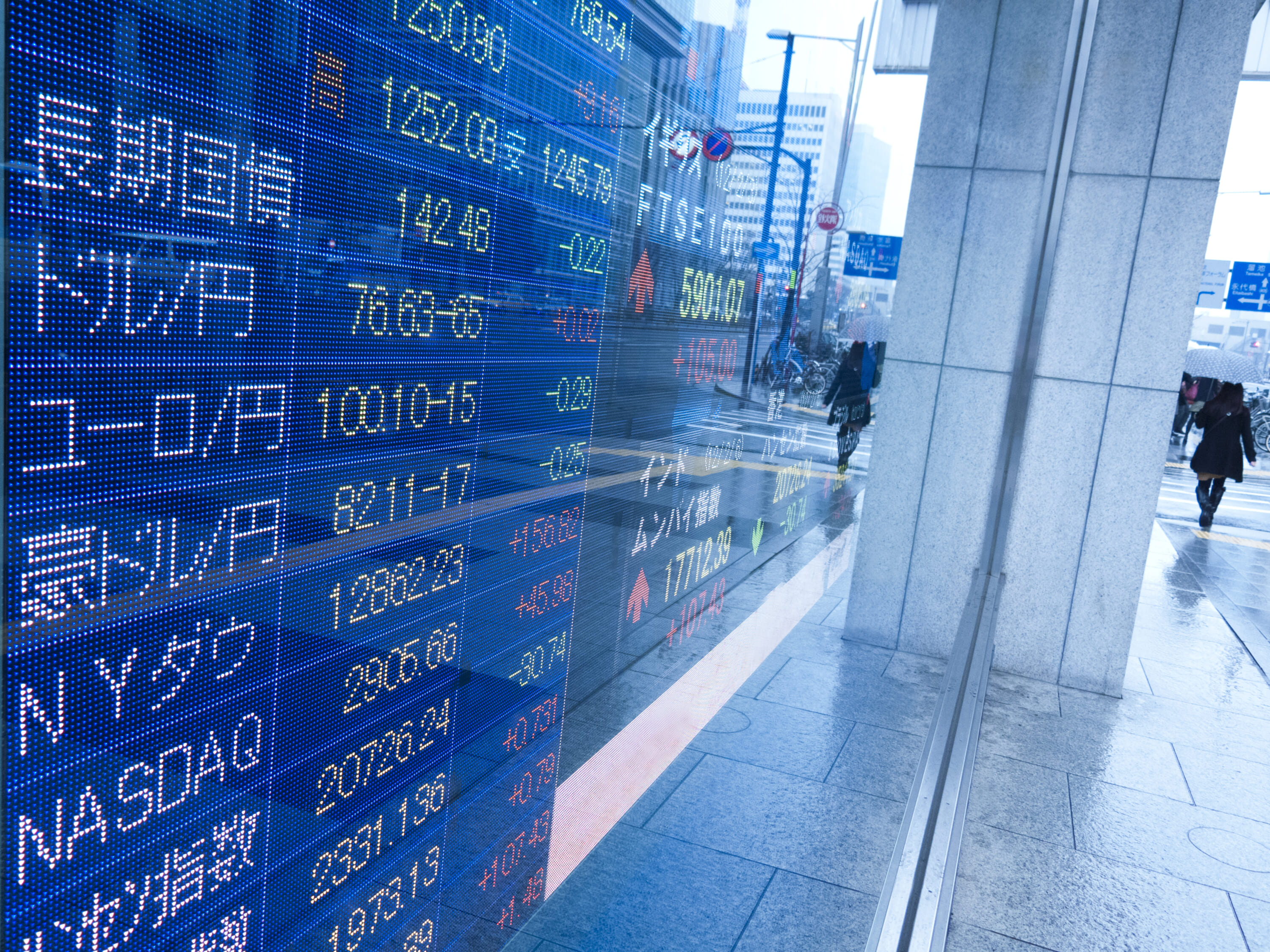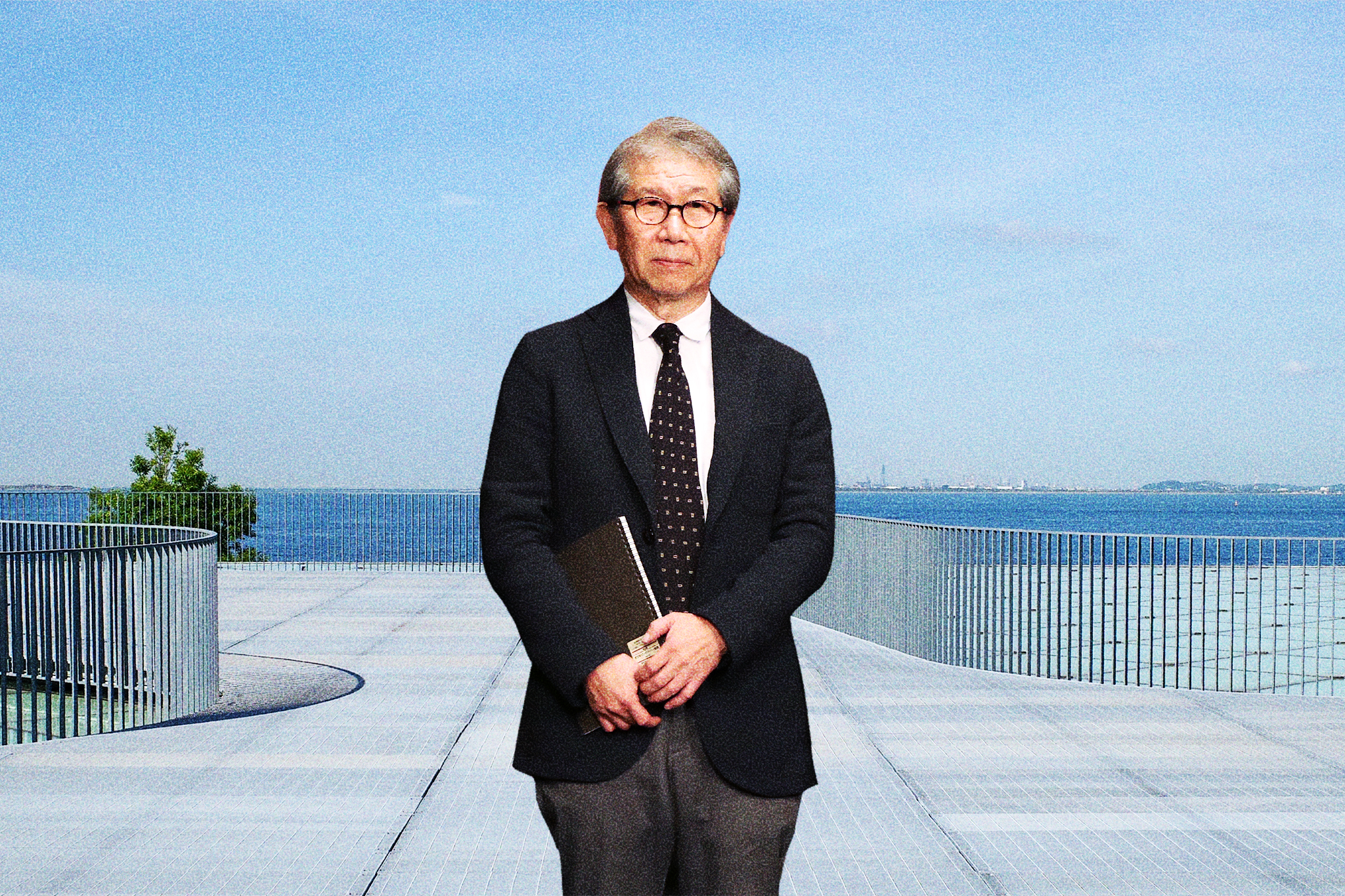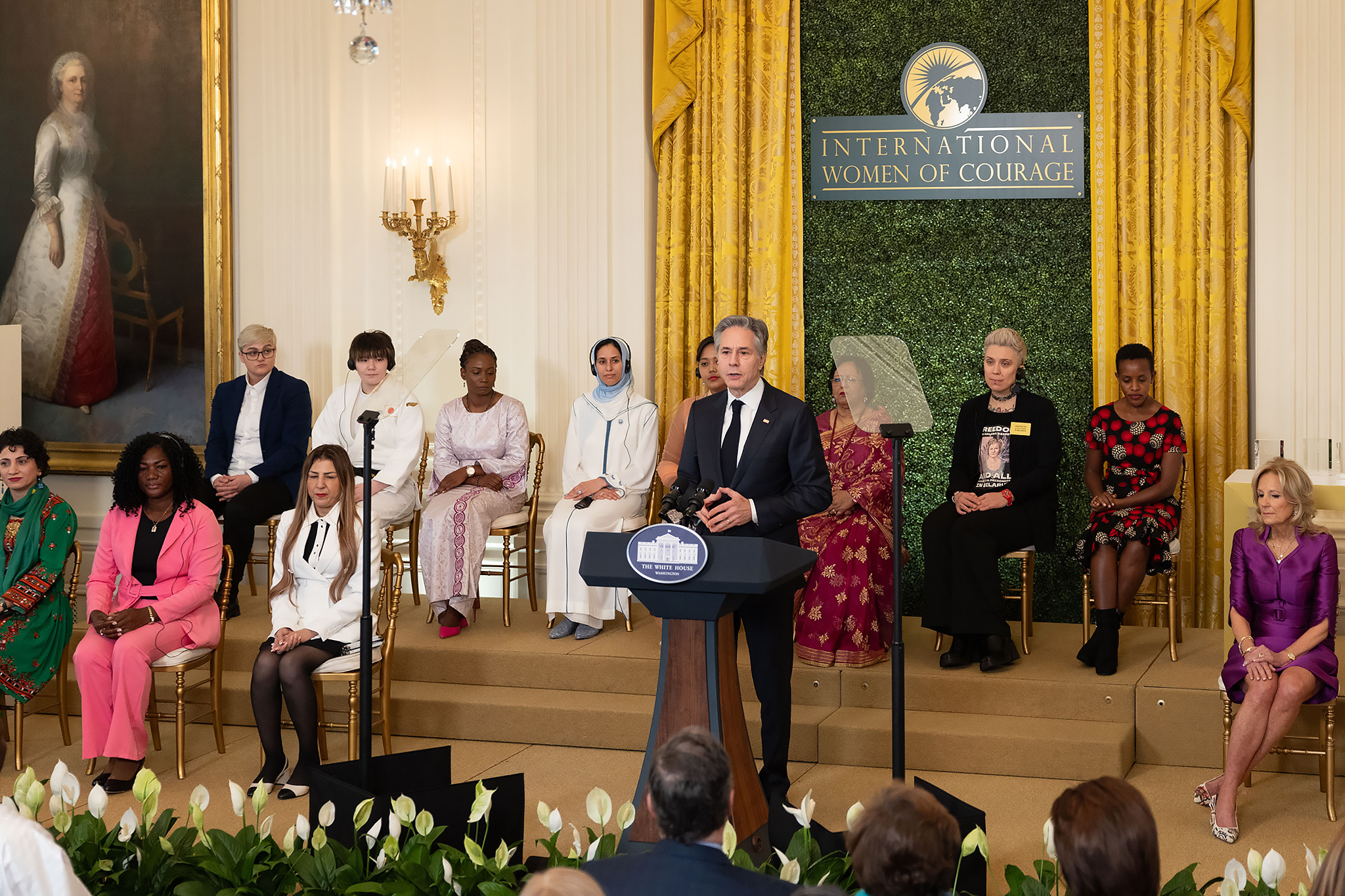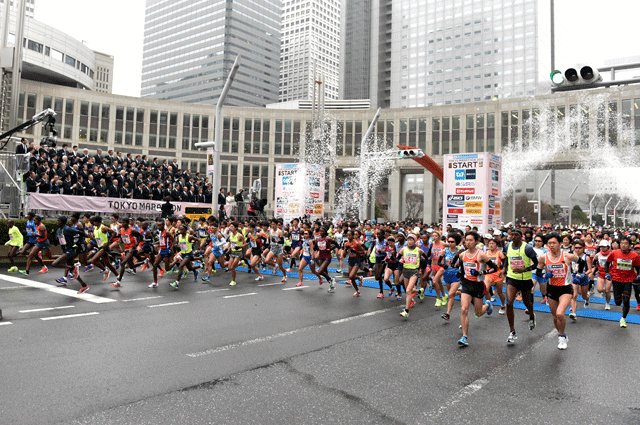In this week’s news roundup, we report on Yamanashi Prefecture’s decision to charge a fee for climbing Mount Fuji and Osaka’s plan to do the same for inbound tourists intent on visiting the area from 2025 onwards. We also look back at some of the Japanese highlights from Paris Fashion Week, including an inspiring show by Jun Takahashi’s label, Undercover. There’s good news for investors in Japan as the Nikkei Trade 225 tops the 40,000 threshold for the first time. Riken Yamamoto becomes Japan’s ninth Pritzker laureate. And former GSDF member, Rina Gonoi, is honored at the White House. In sport, we report on the Tokyo Marathon and Yokohama F. Marinos’ Asian Champions League quarterfinal.
Osaka Eyes Taxing Inbound Visitors Due to Overtourism
Osaka Prefecture is contemplating charging a fixed fee for inbound tourists starting in April 2025, the same month the World Exposition begins there. Osaka’s governor, Hirofumi Yoshimura, spoke to reporters about the plan on Wednesday, stating that the fee, if implemented, would be used to fund “overtourism” countermeasures. “We want foreign visitors to enjoy Osaka and try to realize a coexistence with local residents through the beautification of towns,” he said. The plan, which needs the approval of the internal affairs minister before anything can be established, will be discussed by a prefectural government panel next month.
Overtourism is a major issue in Japan right now and Osaka’s not the only prefecture planning on implementing fees to tackle the problem. On Monday, the Yamanashi Prefectural Assembly unanimously passed an ordinance to collect entry fees of ¥2,000 from anyone wanting to climb Mount Fuji via its most popular route (climbers are also asked to pay ¥1,000 voluntarily for conservation of the mountain). Fees will be collected from the entrance of the Yoshida trail. Between July and September of last year, more than 220,000 people made the ascent. This summer, the number of climbers per day will be limited to 4,000.

Nikkei Surpasses 40,000 Threshold for the First Time
In the first 15 minutes of trading on Monday morning, the Nikkei Trade 225 topped the 40,000 threshold for the first time. It added 0.84%, or 334.87 points from Friday, reaching 40,245.69 not long after the opening bell. The benchmark index continues to rise after breaking a record last month that stood for more than 34 years. That record was set on December 29, 1989, before the country’s financial bubble burst. On February 22 this year, it rose above 39,000 for the first time and continued to break records last week, ending at 39,910 on Friday.
The Nikkei’s rise, which is being powered by semiconductor-related stocks, has surprised many, but not Warren Buffett. His investment company, Berkshire Hathaway, invested in Japan’s five biggest trading houses: Itochu, Marubeni, Mitsubishi, Mitsui and Sumitomo in 2020. Last year, he increased the stakes from 7.4% to 8.5%. In a letter to investors, Buffett spoke in glowing terms about Japanese trading firms, boosting investor confidence in these companies. According to analysts, other factors driving the market are advances in corporate governance, the weakening of the yen against the dollar, which continues to boost exporters, and modest inflation rates.

Riken Yamamoto Wins Pritzker Architecture Prize
On Tuesday, Japanese architect Riken Yamamoto was named as the surprise recipient of this year’s prestigious Pritzker Architecture Prize. He is the ninth Japanese to become a Pritzker laureate. No other country has produced more winners. According to Alejandro Aravena, chair of the prize jury and a former recipient himself, Yamamoto is “a reassuring architect who brings dignity to everyday life.” He added: “Normality becomes extraordinary. Calmness leads to splendor.” According to the official prize jury statement, “His constant, careful and substantial attention to community has generated public interworking space systems that incentivize people to convene in different ways.”
Born in Beijing in 1945, Yamamoto grew up in a traditional machiya in Yokohama. At 17, he had what he describes as his “first experience with architecture,” when he visited the ancient Kofukuji Temple in Nara and was particularly captivated by its five-storied pagoda. He established his practice, Riken Yamamoto & Field Shop, in 1973. Some of his most renowned works include Future University Hakodate in Hokkaido, the Yokosuka Museum of Art in Kanagawa Prefecture, a set of buildings called The Circle at Zurich Airport and the Pangyo Housing complex in Seongnam, near Seoul.

Ex-GSDF Member Rina Gonoi Honored at the White House
On Monday, Rina Gonoi received an International Women of Courage Award from America’s First Lady Jill Biden and Secretary of State Antony Blinken at the White House. She was one of 12 recipients of this year’s prize, which honors women who’ve taken brave actions to fight for a better world. In 2022, Gonoi posted a YouTube video stating that she was a long-term victim of sexual harassment and abuse by senior colleagues in her unit of the Japan Ground Self-Defense Force (GSDF). A petition calling on the Defense Ministry to investigate her case garnered more than 100,000 signatures.
One of the worst incidents occurred in August 2021, when Gonoi was allegedly pinned down by three former GSDF members and forced to spread her legs open. They then repeatedly pressed their crotches against hers. Nobody attempted to stop the trio. Her complaint was dismissed after she reported what happened. In 2022, Gonoi turned to social media. The overwhelming support she received eventually pushed the GSDF to act. It dismissed five members, punished four others and conducted an organization-wide investigation that found more than 100 similar complaints. Last December, the three men were found guilty of sexual assault.

Benson Kipruto and Sutume Kebede Win Tokyo Marathon
Sunday’s Tokyo Marathon on Sunday came less than a month after the tragic death of the 24-year-old world record holder Kelvin Kiptum from Kenya. His fellow countrymen put on a show in his honor in Japan’s capital, with Benson Kipruto edging out Timothy Kiplagat. Kipruto’s time of 2:02:16 was the fifth fastest in history (on record eligible courses). Vincent Kipkemoi made it a one-two-three for Kenya. The women’s race was won by Ethiopian Sutume Kebede in 2:15:15, ahead of the defending champion, Rosemary Wanjiru from Kenya.
Hitomi Niiya was the best-placed Japanese woman in sixth in 2:21:50. Yusuke Nishiyama was the first Japanese man across the line, finishing ninth. His time of 2:06.31, however, fell outside Japan’s Olympic qualification benchmark of 2:05:50. It means he will miss out on the Paris Games, with the country’s third spot going to Suguru Osako. In other Japan-related sports news this week, Yokohama F. Marinos defeated China’s Shandong Taishan 2-1 in the first leg of their Asian Champions League quarterfinal. The second leg takes place at the Nissan Stadium on March 13.
Jun Takahashi’s Label Undercover Stars at Paris Fashion Week
There were 108 shows and presentations on this season’s Paris Fashion Week’s fall/winter 2024 schedule, a new record. One of the standouts was undoubtedly the Japanese label, Undercover, which was founded by Jun Takahashi in 1990. His powerful yet understated collection was accompanied by a poem titled “Watching a Working Woman,” written and read by Perfect Days director Wim Wenders. “As always,” he began, “she wakes up just before the alarm goes off. As always, she looks at the clock and smiles, but then turns it off before it would start ringing. She doesn’t want her child to wake up. Not yet…”
Another highlight of the week was the appearance of Nao Saito, a Japanese model with down syndrome who goes by her stage name Nao. The 19-year-old Shizuoka native, who has been modeling for five years, wore a red kimono-inspired gown with a gold obi sash as she walked in the show of international designer Samina Mughal. “I didn’t think it was a dream that could be made possible,” said Nao’s mother, Yumi. “It was fun. I was nervous,” added her daughter. Nao, who has complications of the heart and esophagus, has undergone more than 40 surgeries.








